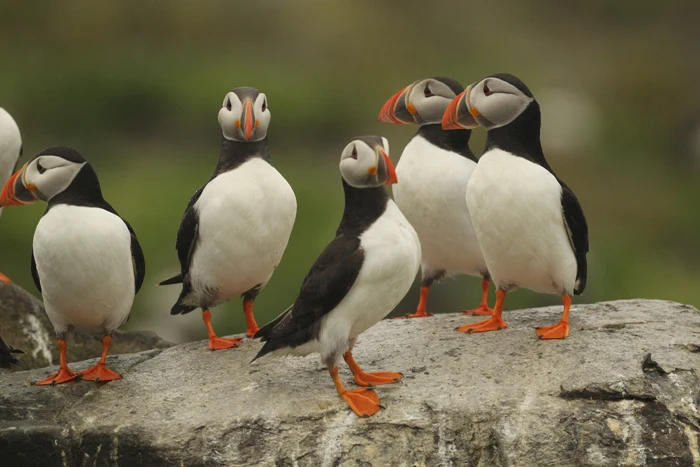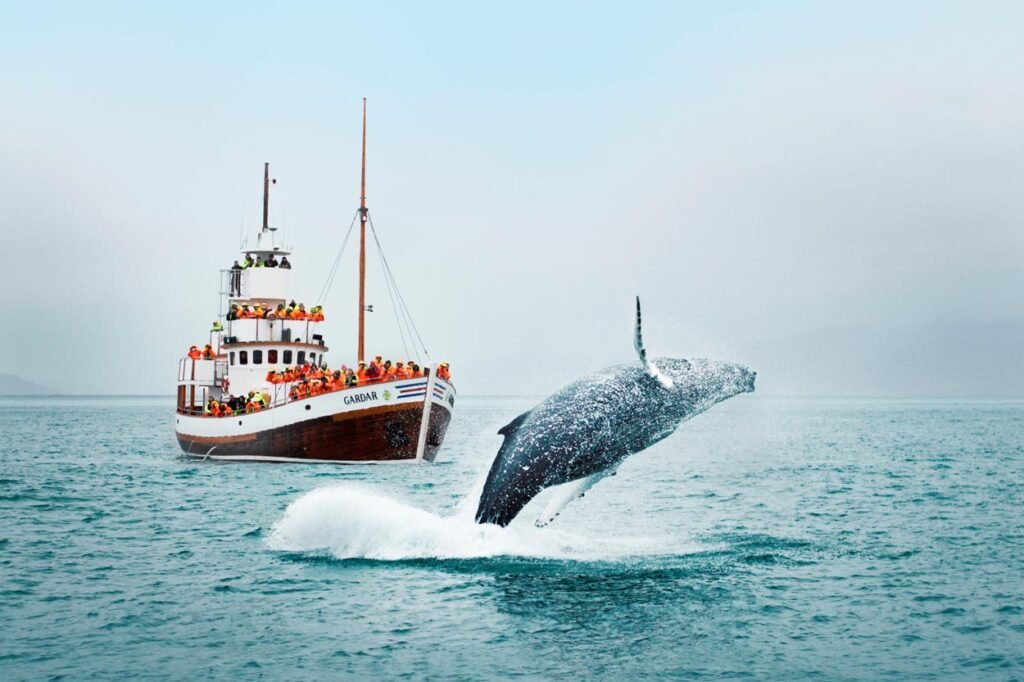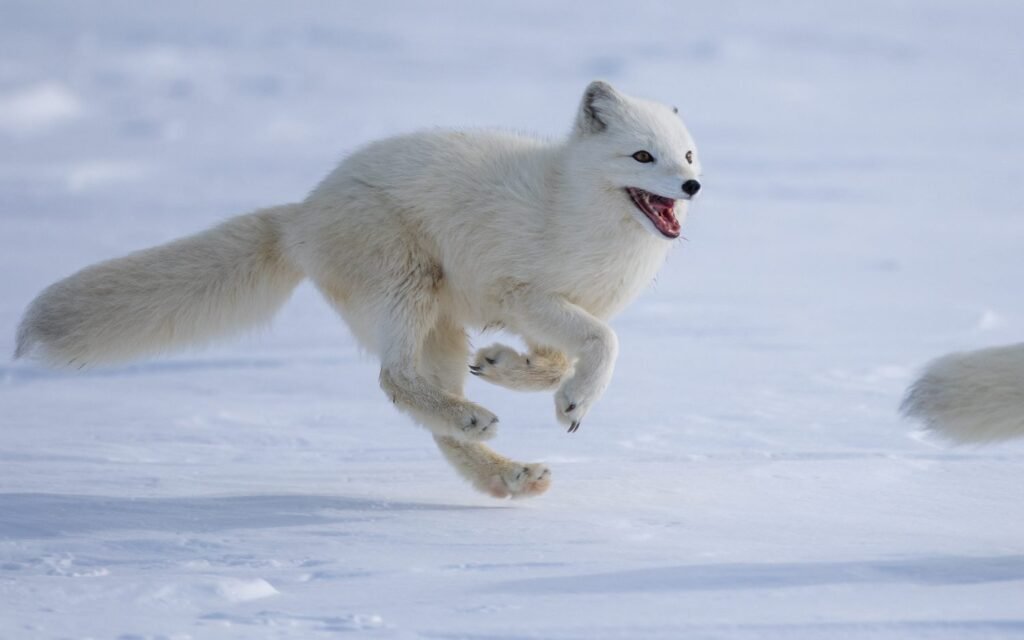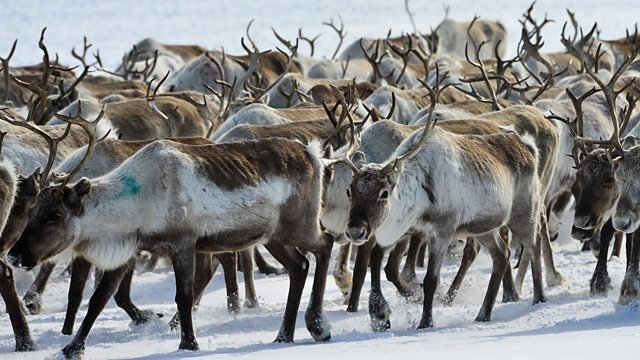Iceland is a dream destination for wildlife enthusiasts. With its stunning landscapes and diverse ecosystems, it offers a home to numerous species, from adorable puffins to majestic whales. However, spotting these animals depends largely on the season. So, when is the best time to visit Iceland for unique wildlife spotting? Let’s dive into the details!
Table of Contents
Best Time for Puffin Watching

When and Where to See Puffins
Puffins are one of Iceland’s most beloved birds, and the best time to see them is from May to early August when they nest on coastal cliffs.
Top Puffin Viewing Locations
- Vestmannaeyjar (Westman Islands) – Home to one of the largest puffin colonies.
- Dyrhólaey – A fantastic spot on the south coast with great accessibility.
- Látrabjarg Cliffs – One of Europe’s largest seabird cliffs, offering close encounters.
Whale Watching in Iceland

Best Season for Whale Watching
The best time for whale watching in Iceland is from April to October, with peak sightings in June, July, and August.
Top Whale Watching Spots
- Húsavík – Known as Iceland’s whale-watching capital.
- Reykjavík (Faxaflói Bay) – Offers great tours with frequent sightings.
- Akureyri (Eyjafjörður Fjord) – A hotspot for humpback whales.
Species of Whales Found in Iceland
- Humpback whales
- Minke whales
- Orcas
- Blue whales (rare sightings)
Arctic Fox Spotting

Ideal Time and Places to Spot Arctic Foxes
The Arctic fox, Iceland’s only native land mammal, can be seen year-round, but winter months provide the best chances when they stand out against the snow.
Unique Behaviors and Habitat
- Found in the Westfjords, particularly Hornstrandir Nature Reserve.
- Known for their seasonal fur color changes (brown in summer, white in winter).
Reindeer Migration and Sightings

Seasonal Movements of Reindeer
- Found mostly in East Iceland.
- Best time for spotting is in autumn and winter when they migrate to lower altitudes.
Seals and Their Haunts

When to See Seals in Iceland
Seals can be spotted year-round, but the best time is during summer when they rest on icebergs or beaches.
Common Seal Watching Locations
- Jökulsárlón Glacier Lagoon
- Ytri-Tunga Beach (Snæfellsnes Peninsula)
Birdwatching Beyond Puffins

Other Notable Bird Species
- Gyrfalcon (Iceland’s national bird)
- Eider ducks
- Arctic terns
Best Birdwatching Locations in Iceland
- Lake Mývatn
- Snæfellsnes Peninsula
Best Time to See the Northern Lights and Wildlife Together
For a magical experience, visit September to March, when the aurora borealis lights up the sky, and nocturnal wildlife can still be spotted.
Conclusion
Iceland is a wildlife lover’s paradise, offering unique opportunities to see some of nature’s most incredible creatures. Whether you’re keen on spotting puffins in summer or seeking out Arctic foxes in winter, there’s always something fascinating to see. Plan your trip according to the wildlife you most want to experience, and you’ll have an unforgettable adventure.




